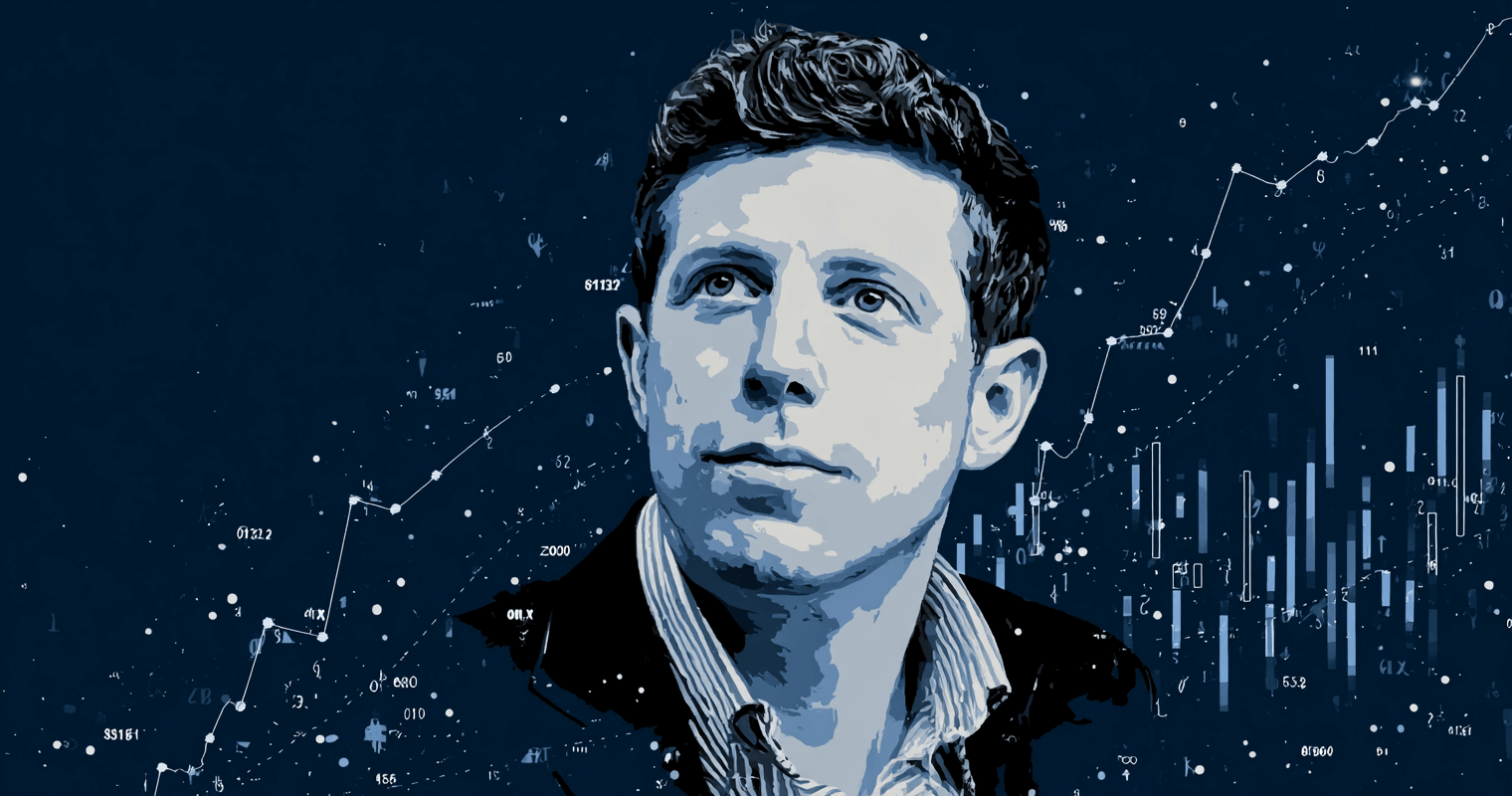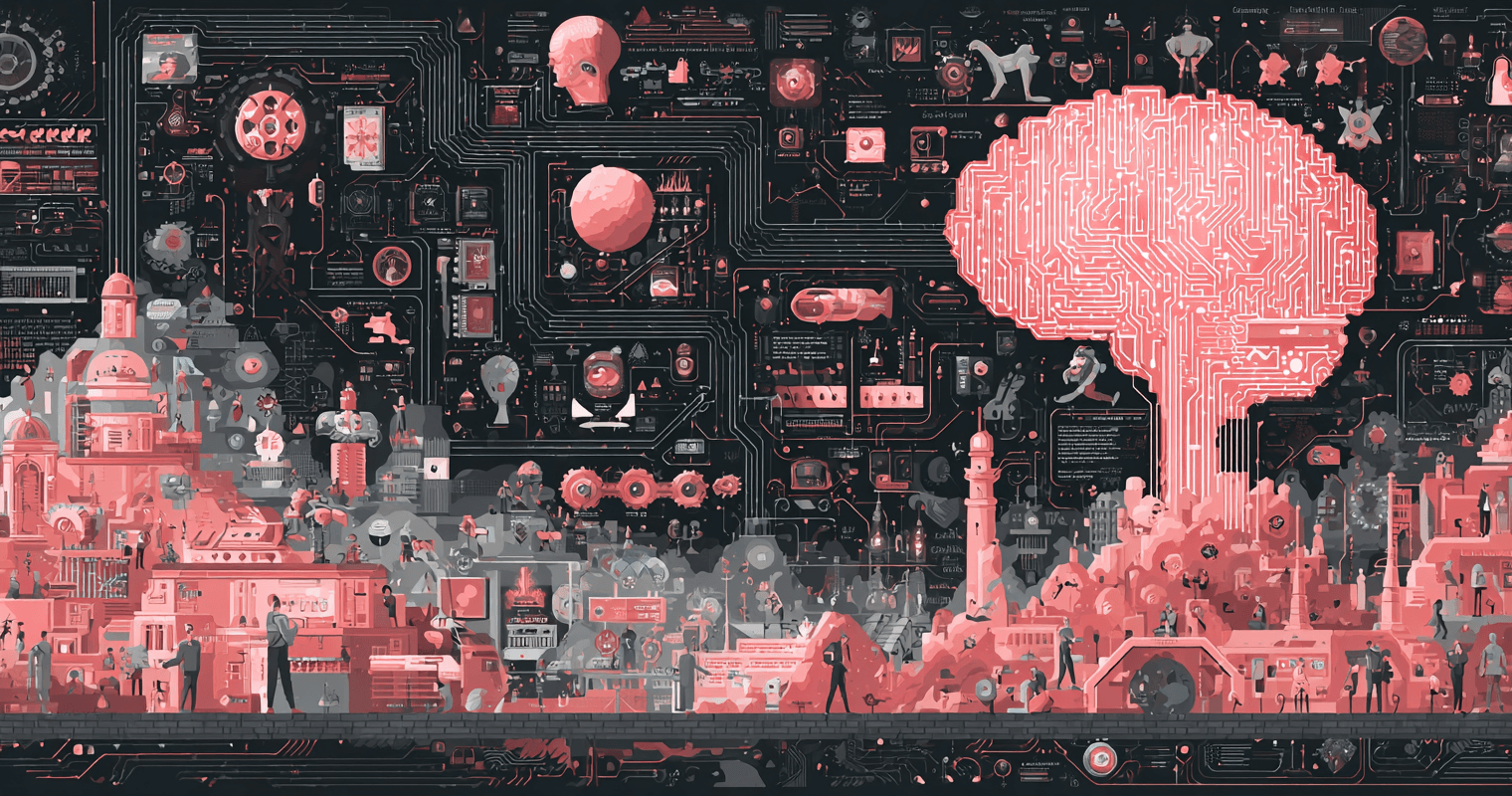
It’s Time to Dream Big Again
JFK’s vision inspired millions who wanted to pursue careers in science and engineering… Trump’s mission to Mars will do...


After decades of negative publicity for nuclear energy, we could be on the verge of a nuclear renaissance…

Dear Reader,
The timing couldn’t have been worse…
In December 2021, Germany announced that the country would be shutting down three of its six nuclear power plants. The process would cost $10 billion and be completed by the end of 2022. Of course, we know what happened in the interim.
After the Russian invasion of Ukraine – and the subsequent sanctions from the West – Russia slowed the gas flow in the Nord Stream pipeline to a trickle. That was bad news for Germany, which was utterly dependent on cheap Russian gas. The results were there for all to see.
The cost of German power soured in 2022. It rose from €200 per megawatt-hour in June of last year to well over €600 by September. And in the wake of a full-blown energy crisis, the Germans got desperate. They started burning coal, the dirtiest energy source, to keep the lights on. By the end of last year, coal represented 36.3% of German power generation, up from 31.9% in 2021.
It’s a terrible situation to be in. And it could have been avoided had the German economy embraced nuclear energy.
But in many ways, it taught the world an important lesson. Nuclear energy is a reliable, clean, and safe way to provide the power the world needs. And after decades of negative publicity for nuclear energy, we could be on the verge of a nuclear renaissance.
For the first time in over 40 years, a brand new nuclear power plant just came online in the U.S. Vogtle Unit 3 just came online in Waynesboro, Georgia, and will provide power to residents in Georgia, Florida, and Alabama.
The reactor can produce 11,000 megawatts of electricity – which is enough to power 500,000 homes and businesses.
Vogtle Unit 3’s Fully Loaded Uranium Core

Source: Twitter
It’s a big deal, yet coverage of the new nuclear plant from the mainstream media has been silent. And once all four units of the plant come online, it will be the largest generator of clean energy in the country. Seems worthy of a headline… Yet hardly anybody is covering this incredible story.
Mainstream media and the political world haven’t given nuclear power the time of day since the Fukushima disaster caused by an earthquake and tsunami. And it shows in the numbers.
In 2016 – only a few years after the Fukushima disaster – only 43% of Americans favored more nuclear energy. But those numbers are changing quickly. As of this year, a solid 57% now favor more nuclear energy production. And I expect that figure to increase as the world comes to terms with a looming energy crunch in the years ahead.
Here at The Bleeding Edge, we spend our time covering the technologies of the future. That includes electric vehicles (EVs), AI data centers, and cloud-based software. But all these technologies have one thing in common: As adoption increases, they all require more and more energy.
Global energy demand is expected to increase by up to 185% by the year 2050.
EV charging is putting more strain on the grid than ever before. And new data centers are popping up all over the country. The strains on the system from the lack of energy supply we have here in the U.S. are becoming increasingly evident.
Just a few weeks ago, California’s main power grid operator issued an “emergency watch notice” amid the state’s last heat wave. Residents feared rolling blackouts like in the summer of 2020.
Let’s look at it this way: the average U.S. household uses 26 to 33 kilowatt-hours (kWh) of electricity per day.
Meanwhile, the Tesla Model 3 battery can store between 50 and 82 kilowatt-hours of energy depending on the trim level. But charging a Tesla takes more power than that… To charge a base model Tesla 3, your house will use 70 kWh. And to charge a longer-range model 3, you’re going to use 94 kWh.
That’s already far more energy than a house uses in a single day.
But let’s dig deeper. The American family owns two vehicles on average and drives 82 miles per day.
If they drove electric vehicles and plugged their vehicles in every night, that’s going to use an additional 21 kWh of energy per day. Remember, your average household only uses 26 to 33 kWh per day. That’s an additional strain on the power grid of 81% to 64%.
That is the problem with the power grid. And nuclear is the solution.
We need to face the facts, solar is not the solution right now. With current battery technologies, we would need a one-mile-high by one-mile-wide battery at minimum to power a small- to medium-sized city.
And as for wind power, the costs of turbines and the availability of wind and land have posed challenges for the technology since its inception.
Nuclear power is the happy medium between traditional coal power plants and renewable energy sources. Plain and simple.
Nuclear is the cleanest form of energy production currently available. It produces zero carbon emissions and zero noxious greenhouse gasses.
And to make one gigawatt of energy, it’s 360x more efficient than wind and 75x more efficient than solar per square mile.
Uranium Is Efficient

Source: U.S. Department of Energy
Does it use fuel? Yes. But it’s also clean and green, pollution-free energy. No toxic fumes spewed into the atmosphere, no acid rain, and no pollution. That sounds like a win to me.
This is an area we should keep our eyes on. U.S. energy demand is rapidly growing, and I think that the 185% growth outlook in energy demand by 2050 is low.
We will likely see 300% to 400% growth in energy needs by that time as the adoption of electric vehicles and data centers surprises to the upside.
Many already understand this. And it shows in the number of nuclear plants set to go live in the future.

Currently, there are about 445 operating nuclear reactors worldwide. And another 489 are either proposed, planned, or already under construction. We are in the middle of a nuclear renaissance. And investors need to be paying attention.
We’ll continue to track this trend and look for long-term investment opportunities. But in the meantime, one easy way to gain exposure to nuclear energy is through the Sprott Physical Uranium Trust (SRUUF).
As the name suggests, it’s a publicly traded trust that holds physical uranium – the fuel for nuclear reactors – on behalf of investors.
Regards,
Colin Tedards
Editor, The Bleeding Edge

Read the latest insights from the world of high technology.

JFK’s vision inspired millions who wanted to pursue careers in science and engineering… Trump’s mission to Mars will do...

The timing of these discussions by OpenAI to go public next year is suspicious…

To oversimplify the intelligence-to-price ratio… it is getting much, much cheaper to run AI applications.